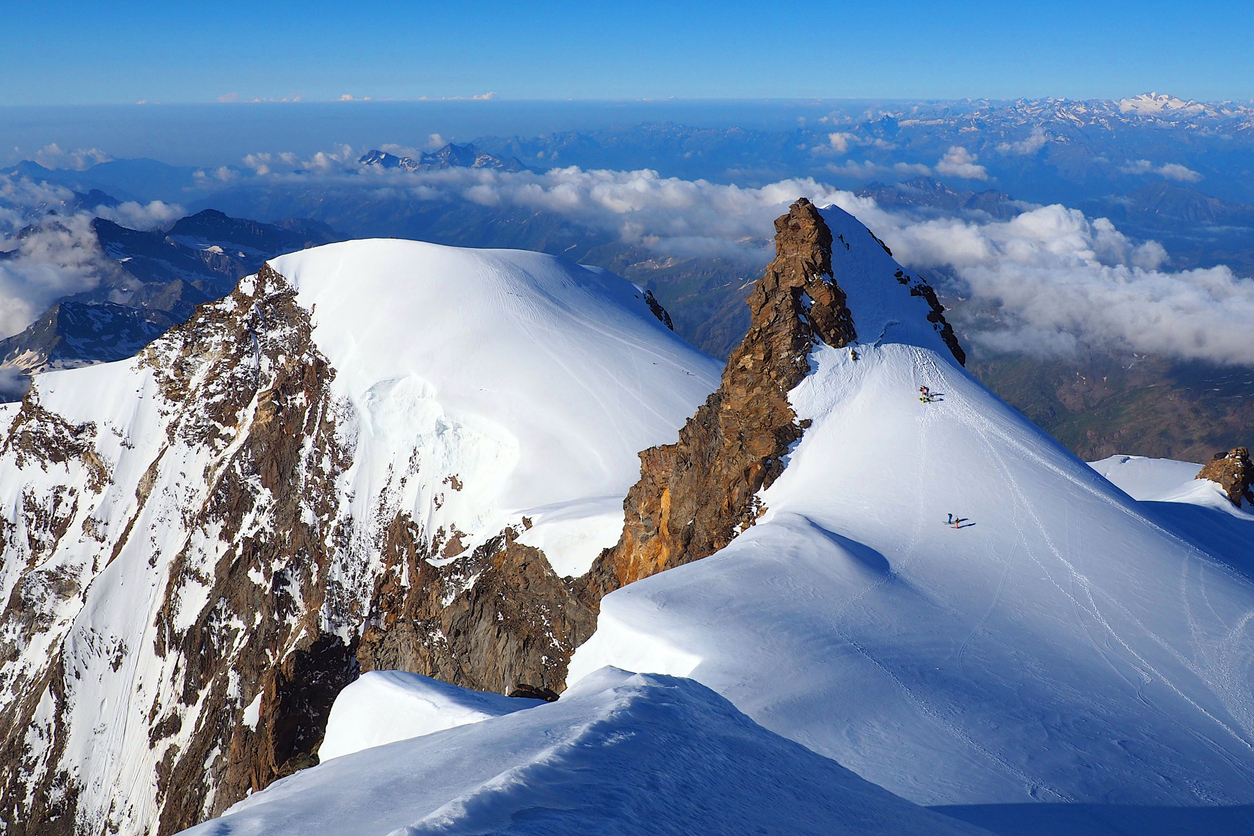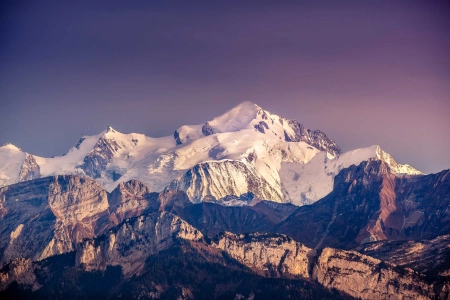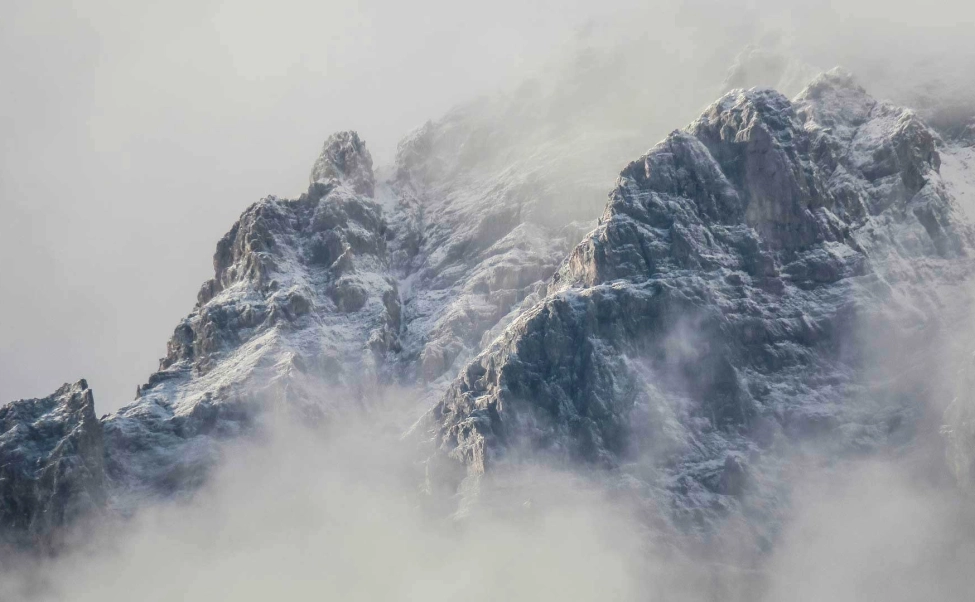- Details
- Written by: Sophie Nicholson
Italy might be world-famous for pizza, pasta, and picture-perfect piazzas, but you'd be a primo cornetto to forget its skyline. From the glaciated giants in the Aosta valley to the bonkers limestone towers of the Dolomites, the highest mountains in Italy are every bit as dramatic as those across the borders in France, Switzerland and Austria.
Unlike Mont Blanc - the highest mountain in France - or Switzerland's all-conquering Matterhorn (both straddle international lines), the peaks on this list are fully in Italian territory. That means no border disputes, no split summits - just pure, proud Italian altitude.
"Whether you’re into crampons and ropework or hiking boots, trail shoes and long rifugio lunches, Italy’s mountains offer endless adventure potential"
For hikers, there are trails weaving right through this high alpine drama - from multi-day hut-to-hut treks to gentler valley rambles - and our guide to the best walking holidays in Italy is a good place to start plotting.
Whether you’re into crampons and ropework or hiking boots, trail shoes and long rifugio lunches, Italy’s mountains offer endless adventure potential.
If you’ve ever wondered, what are the highest mountains in Italy? Then here’s your high altitude hit list....
1. Gran Paradiso - 4,061m
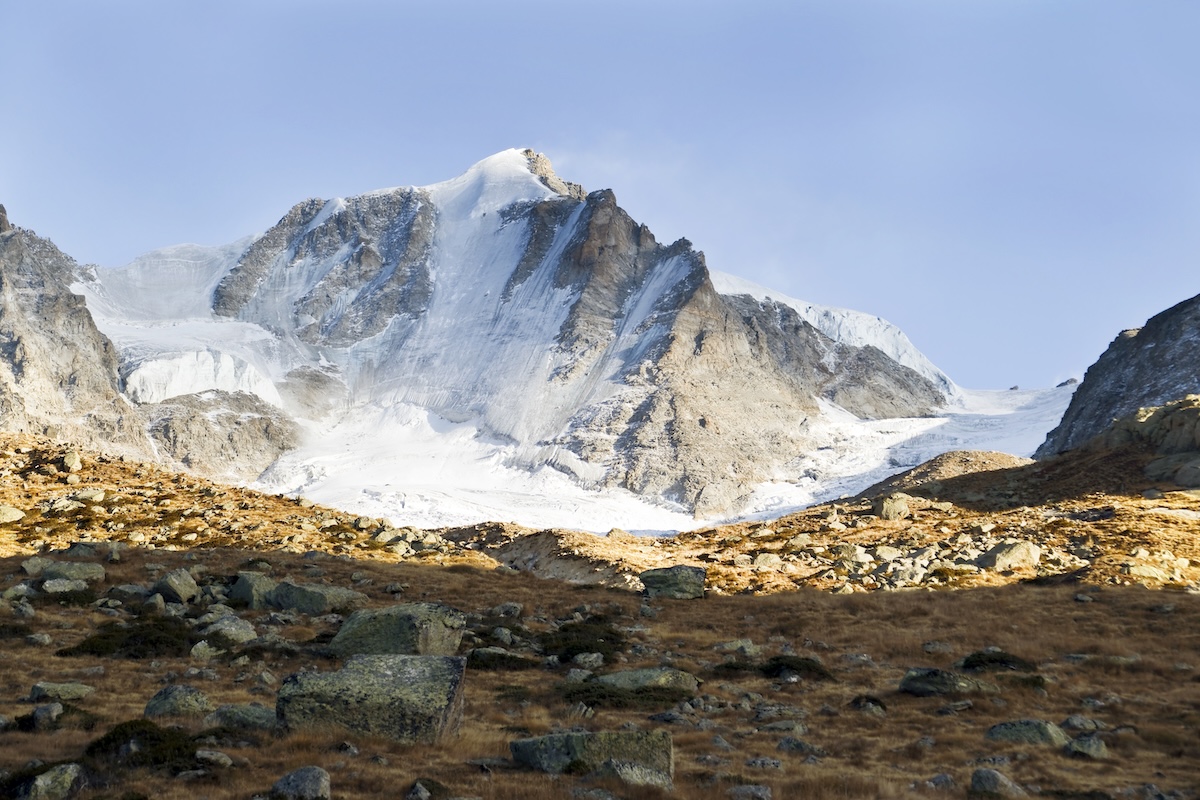
The undisputed champion - or campione as they say around these parts - Gran Paradiso is the highest mountain lying completely within Italy.
Sitting in the Graian Alps in the fabulous Aosta valley, it anchors the Gran Paradiso National Park, a wildlife haven for ibex and alpine marmots. First climbed in 1860, it’s a favourite for guided ascents thanks to its relatively accessible normal route, which starts from the Valsavarenche valley. Many mountaineers and ski tourers tackle it as their first “4,000er” - ie 4,000-metre summit.
Dreaming of a summer ascent? Dive into our summer guide to the Aosta Valley for suggestions of what to do when you're in the neighbourhood.
2. Punta Gnifetti (Signalkuppe) – 4,554m
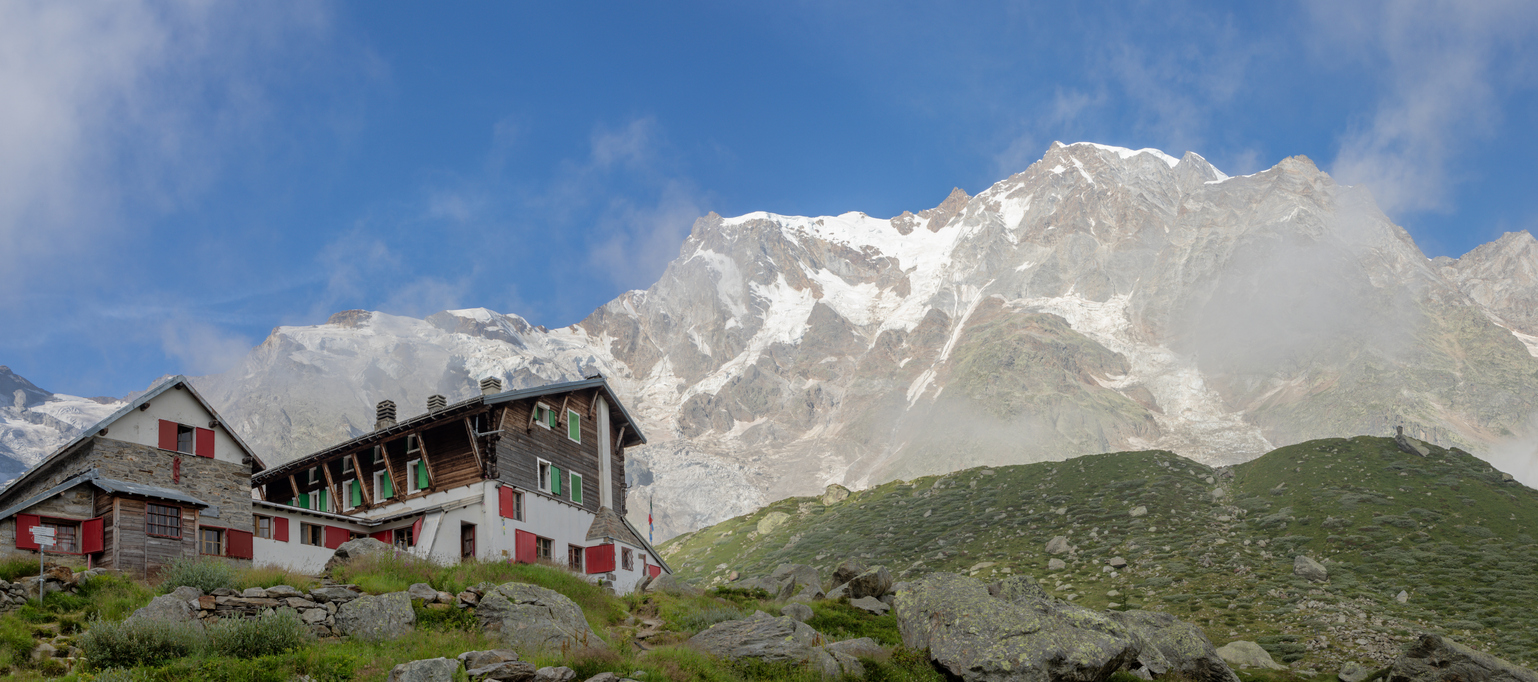
Although Monte Rosa’s absolute summit (Dufourspitze) is in Switzerland, several of its high points sit entirely on Italian soil. The highest is Punta Gnifetti in the Pennine Alps, home to the Margherita Hut at 4,554m - the highest building in Europe. Named after Queen Margherita of Savoy, it’s both a base for mountaineers and a scientific research station.
Punta Gnifetti is the 6th highest mountain in the Alps and a popular objective due to the relative ease of the 'voie normale' - normal route - graded PD. Climbers start from Alagna Valsesia or Gressoney to reach the summit.
3. Zumsteinspitze - 4,563m
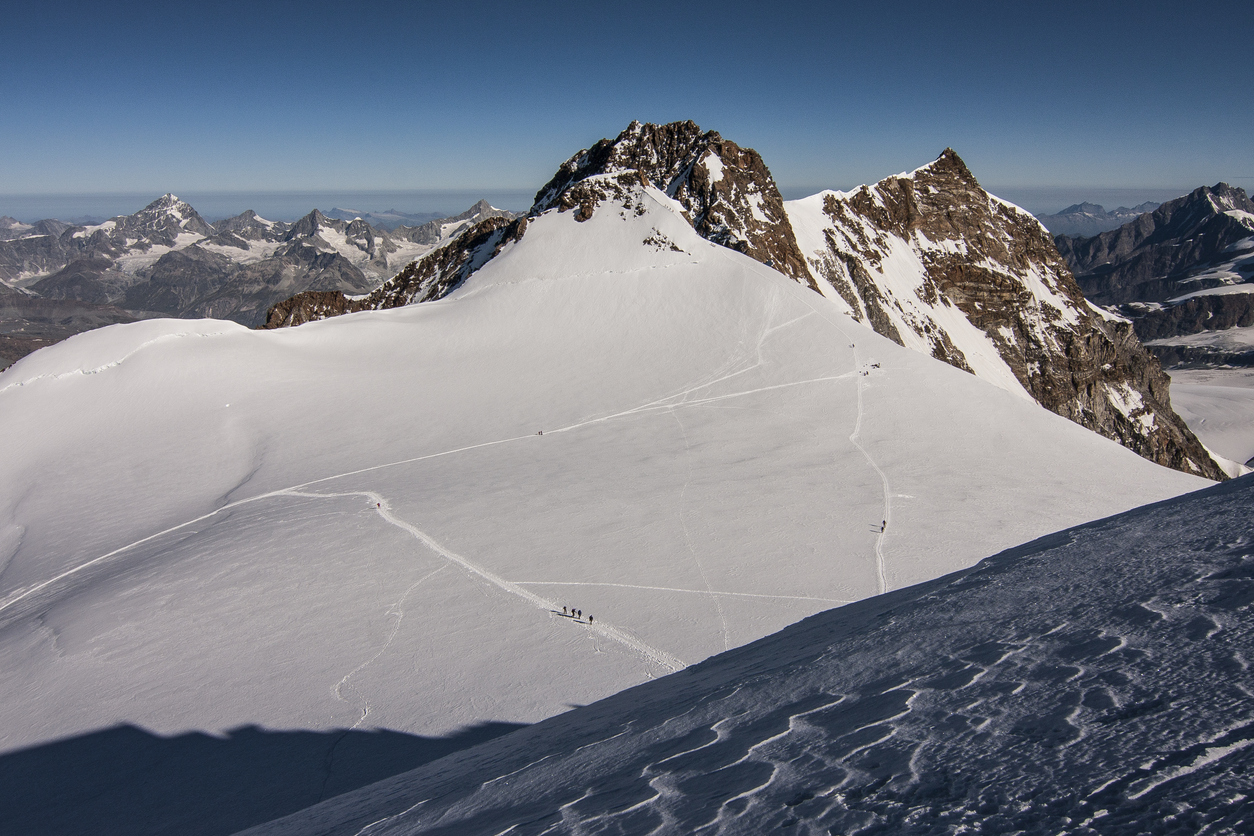
Another giant of the Monte Rosa massif, Zumsteinspitze, sits just east of Punta Gnifetti. This sharp summit is often climbed in conjunction with other nearby 4,000-ers in a multi-day traverse, and like many others on this list, it's a popular peak due to the relative ease of the normal route: graded PD.
The normal route to the summit of Zumsteinspitze starts from either the Mantova or Gnifetti Huts, which are accessed from either Alagna or Gressoney down in the valley.
4. Parrotspitze - 4,432m
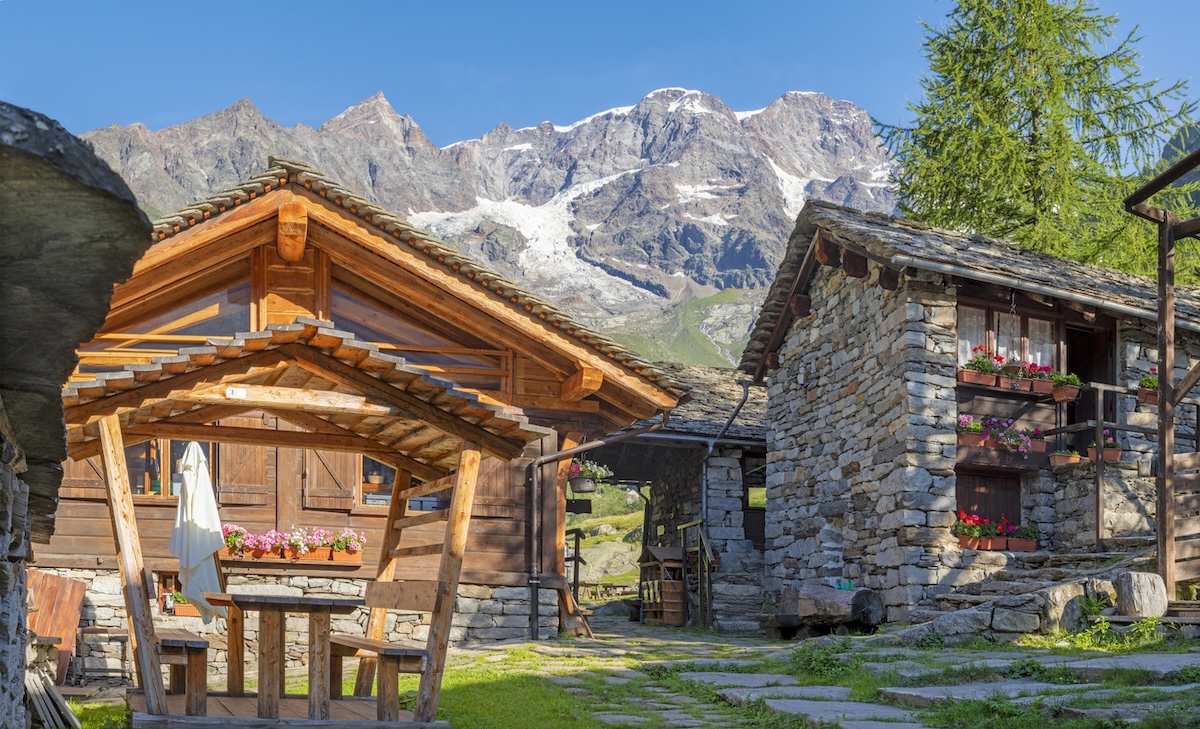
Named after German geologist Johann Jakob Friedrich Wilhelm Parrot, the Parrotspitze is another peak that forms part of Monte Rosa’s border-hugging ridge. The summit lies fully in Italy and is often included as a subsidiary objective for folks with their eyes on the all-conquering Punta Gnifetti and Signalkuppe prize.
The narrow and exposed ridge offers an exciting traverse to the summit where climbers are rewarded with panoramic views across to Lyskamm and the Grenzgletscher.
5. Ludwigshöhe - 4,341m
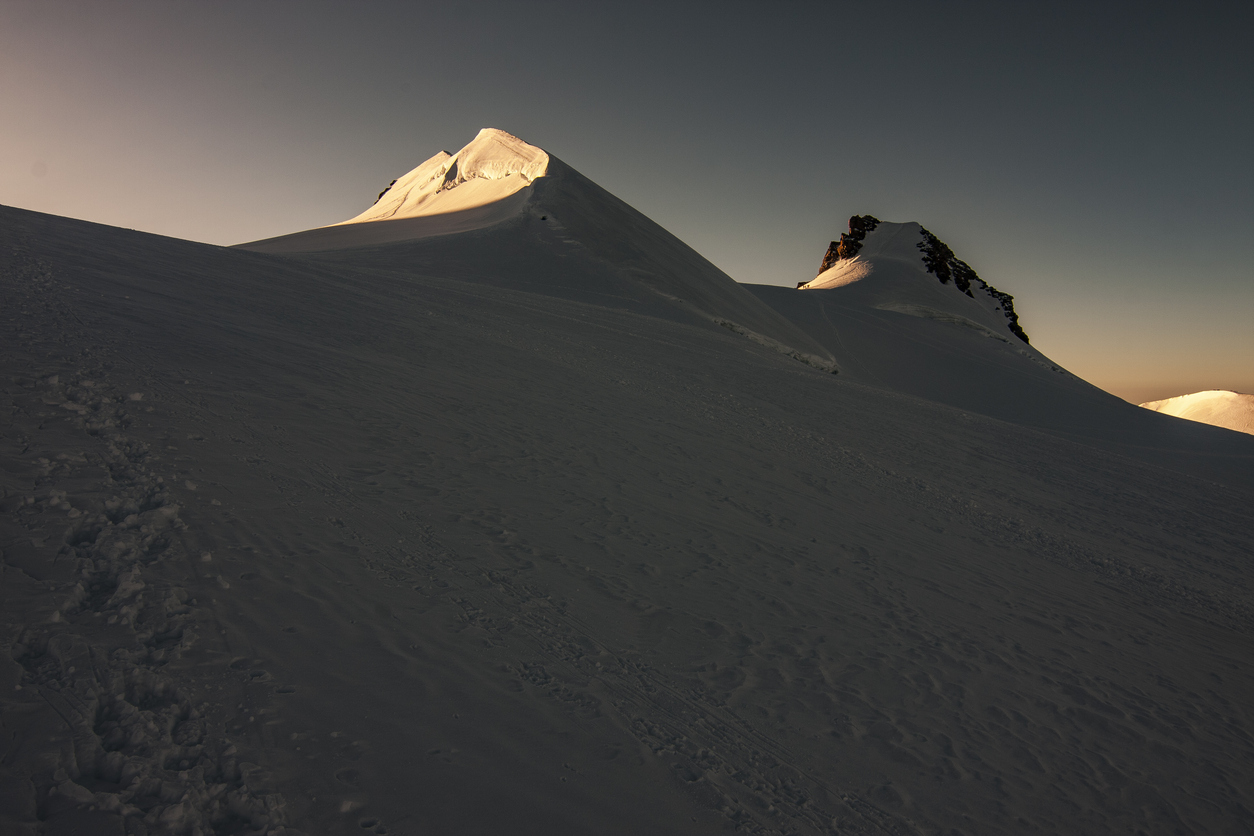
This less well-known 4,000-metre summit of Monte Rosa is often bagged as part of a “peak-collecting” tour for climbers in the massif. such as the traverse from Piramide Vincent to Signalkuppe.
A popular choice for aspiring alpinists looking to experience their first high-altitude summit, Ludwigshöhe may not grab headlines but it's still one of the highest mountains in Italy proper, and the views of the surrounding Monte Rosa massif and the Alps are stunning.
An additional point of interest is that the summit marks the tripoint between the Italian regions of Valle d'Aosta, Piedmont, and the Swiss canton of Valais.
6. Corno Nero (Schwarzhorn) - 4,321m
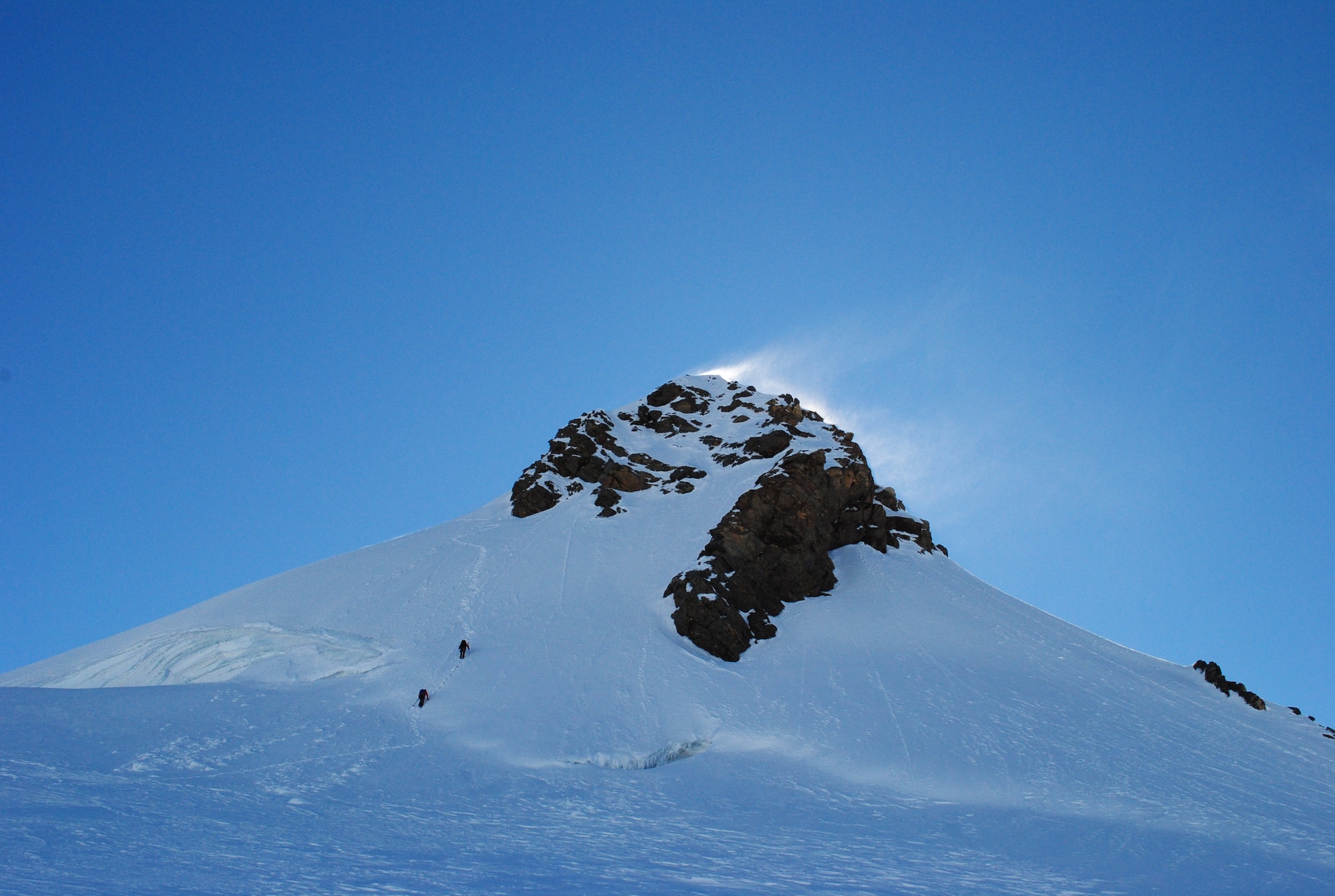
This jagged black horn of rock rises sharply on the southern edge of the Monte Rosa massif. Corno Nero earns its name from its dark appearance, and is often climbed as part of the 'Spaghetti Tour' - a multi-summit traverse that often includes ascents of peaks like the Breithorn, Castor, Lyskamm, Vincent Pyramid, and others.
It sits just south of Ludwigshöhe, forming part of the classic Monte Rosa skyline seen from Gressoney and Alagna.
7. Vincent Pyramid (Piramide Vincent) - 4,215m
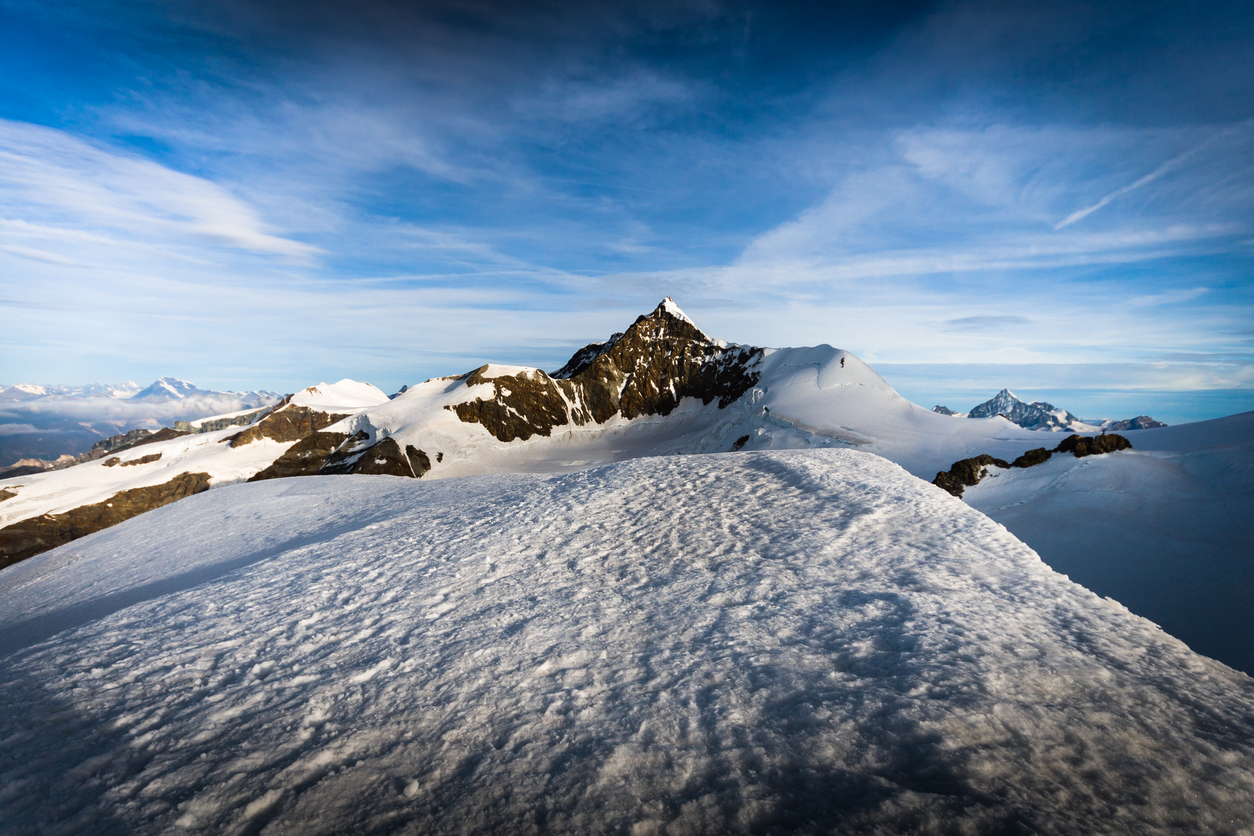
One of the most recognisable summits in the Monte Rosa group, Piramide Vincent lives up to its name with a textbook mountain profile. Named after Johann and Joseph Vincent, who first climbed it in 1819, it's relatively easy to access, with a two-day guided ascent often starting from Gressoney, involving a trek to a refuge and then a climb to the summit.
This accessibility makes it a popular introduction to 4,000-ers, and the normal route is a regular starting point for aspiring mountaineers looking to bag one of the highest mountains in Italy.
8. Balmenhorn - 4,167m
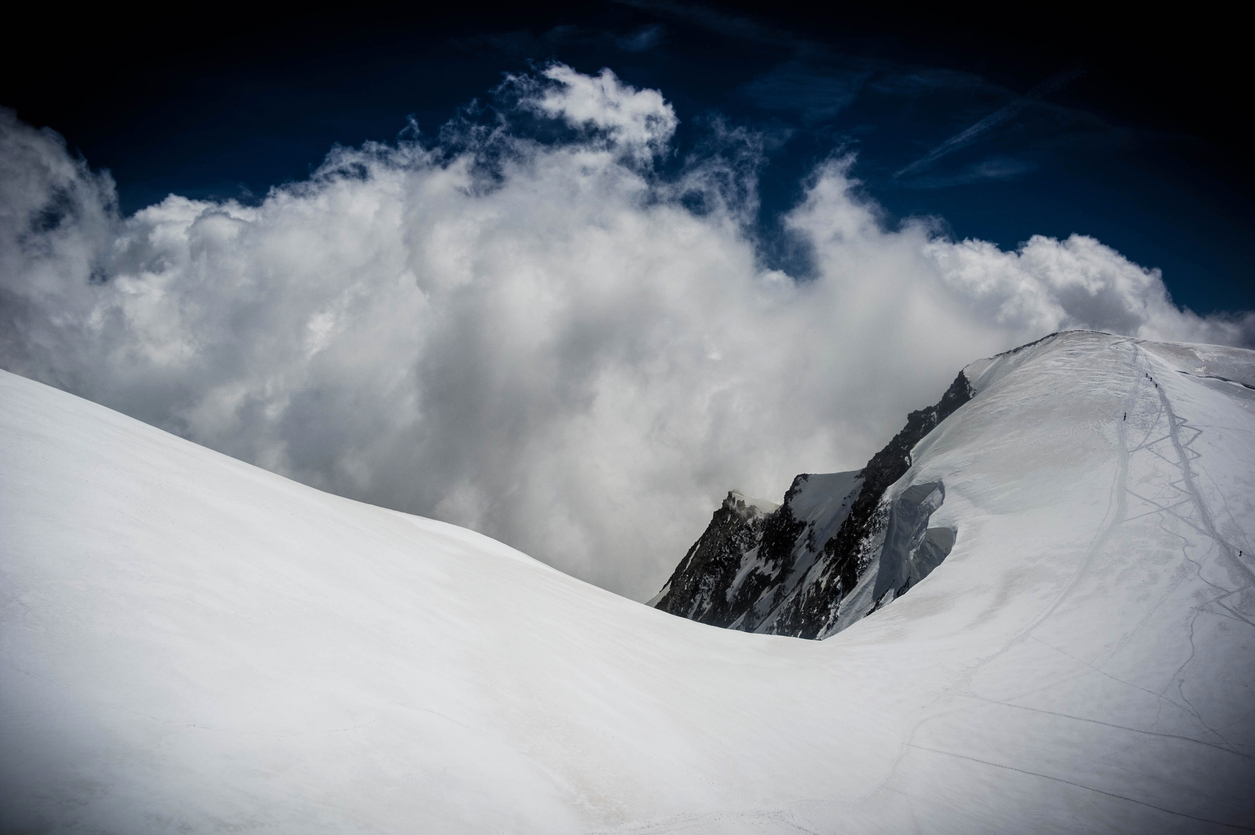
Marked by the Cristo delle Vette (a giant Christ the Redeemer-esque statue sat on the summit), Balmenhorn is a challenging yet rewarding peak in the Monte Rosa massif.
The ascent involves some technical rock climbing (grades II to IV) and is often used as a training ground for experienced climbers looking to prepare for more ambitious projects. Physically and mentally challenging, the summit rewards climbers with expansive views that can stretch from Mont Blanc - the highest mountain in France - to the Maritime Alps.
Many climbers overnight at the Bivacco Felice Giordano - a bivouac located a few meters below the summit - tucked beneath the summit statue.
9. Ortler - 3,905m
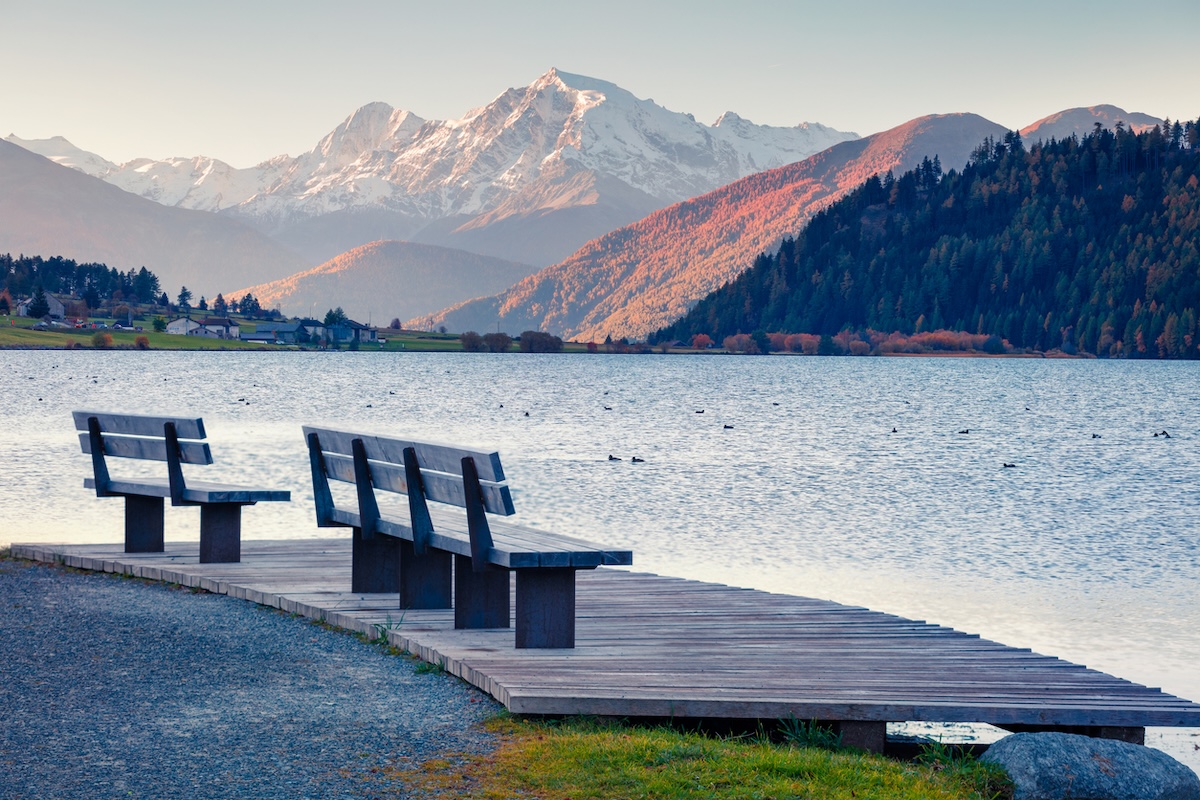
The highest mountain in Italy's South Tyrol region, Ortler is a legend in alpine mountaineering history. First climbed in 1804 on the orders of Austrian Archduke Johann, the successful first ascent was one of the earliest of any major alpine peak.
The highest point of the Austrian-Hungarian empire until 1919, it now sits entirely within Italy and is the jewel in the stunning Stelvio National Park, offering views across to the Dolomites and beyond.
Just a couple of hours from Trento — one of the world’s best mountain towns — it’s an ideal objective for active travellers looking to combine high-altitude adventure with city-side culture.
10. Gran Zebrù (Königspitze) - 3,851m
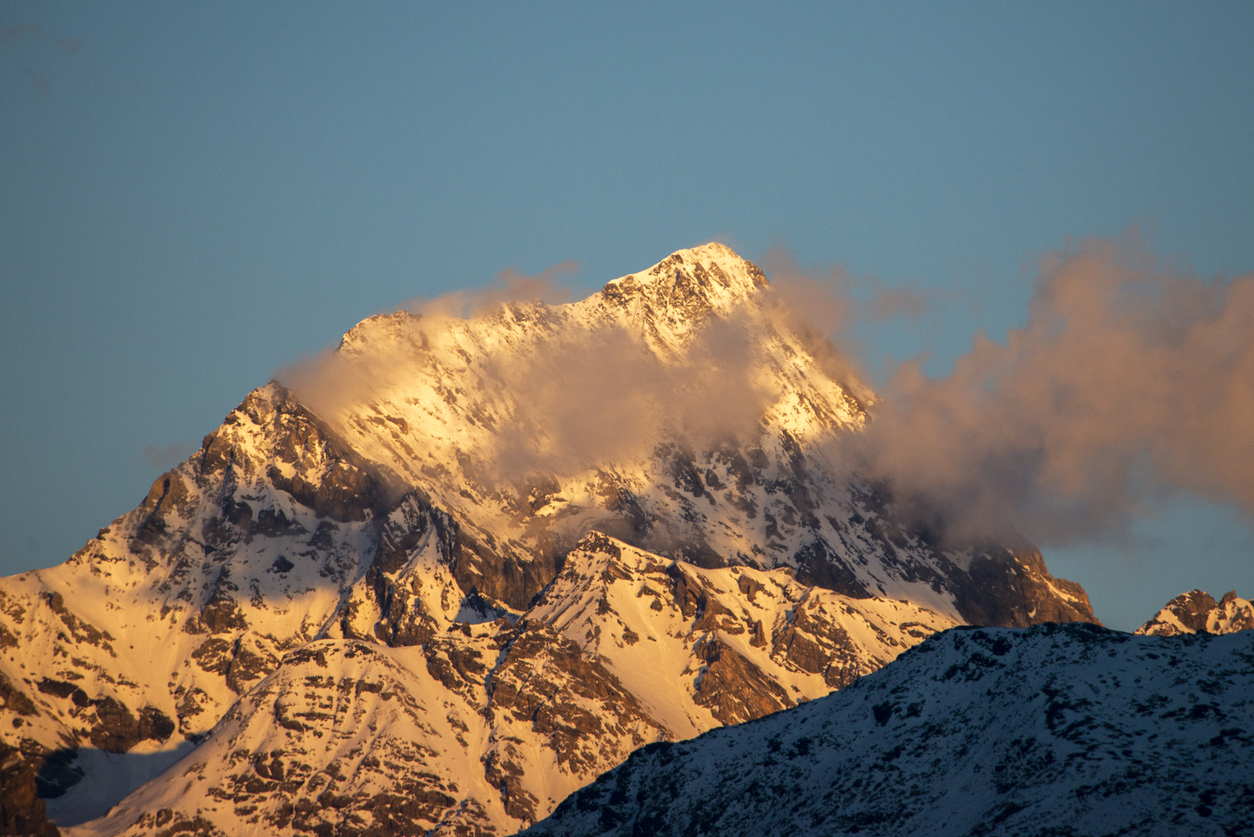
One of Italy’s most striking peaks. Gran Zebrù (aka Königspitze) rises like a shark fin above the Solda valley. Aesthetic and technical, it's one of the most sought-after peaks in the Ortles-Cevedale range - an icon in the South Tyrol mountaineering scene.
The challenging routes on its steep north face make it a favourite for experienced mountaineers, and while the normal route is less technical, it still demands a good deal of alpine mountaineering experience.
The Best of The Rest
Gran Pilastro (Hochfeiler) - 3,510m
The highest in the Zillertal Alps, fully on the Italian side.
Corno Grande - 2,912m
The roof of the Apennines and central Italy’s highest peak.
Mount Etna - 3,326m
Europe’s tallest active volcano looms over Sicily with ski runs in winter and lava flows in summer.
From the glaciated summits of Monte Rosa to the national park wilderness of Gran Paradiso, the highest mountains in Italy are as diverse as they are dramatic. Add in the limestone ramparts of the Dolomites, the snowy ridges of Ortler, and the volcanic bulk of Etna, and you’ve got a peak-bagging playground that offers everything from rope and glacier epicness to family-friendly hiking holidays.
So whether you’re climbing Italy’s highest 4,000ers or trekking through Apennine ridgelines with pizza waiting in the valley, Italy is home to peak-level high-altitude adventure.

